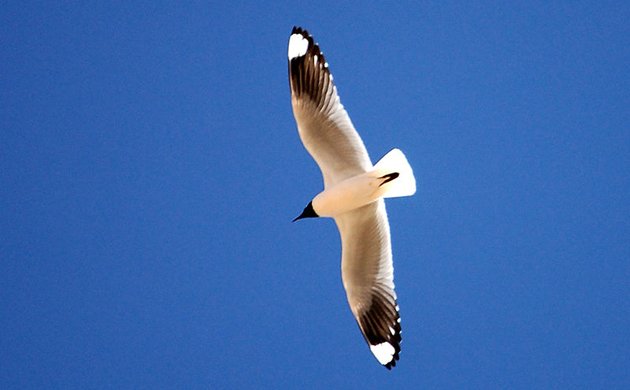
On the series “North American birds with Neotropical Counterparts”, this time I introduce the Andean Gull.
Gulls are often referred as “seagulls” due to their general association to the sea or sea shores. The Andean Gull could not be further from this general association. It normally lives as far from the sea as can be. This gull inhabits the high Andean plateau of Ecuador, Peru, Bolivia, Chile, and Argentina at elevations ranging from 3300 to 4400 m (10827 to 14436 feet). A few vagrant birds are reported at coastal lagoons and estuaries.
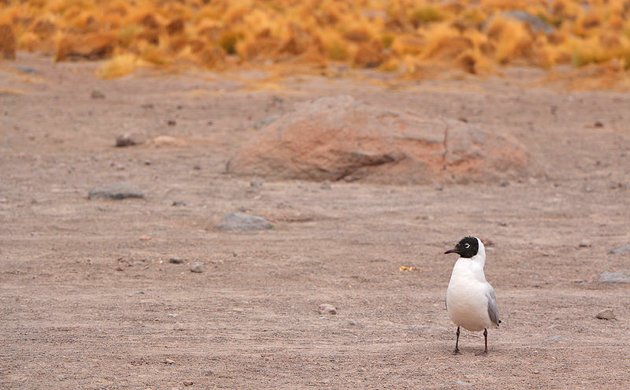
Andean Gull in alternate plumage. Photo by: Chile Satelital
The Andean Gull is fairly common and is generally associated to water. As with other gulls, it searches for food cruising over land and water, then dropping to the ground or water when a food item is spotted. It eats just about everything and tolerates the presence of human and human disturbances rather well.
Being a black-hooded gull, I thought the Andean Gull would be related to Franklin and Laughing Gulls. After some reading for this post, I learned the Andean Gull’s closest North American relative is Bonapart’s Gull!
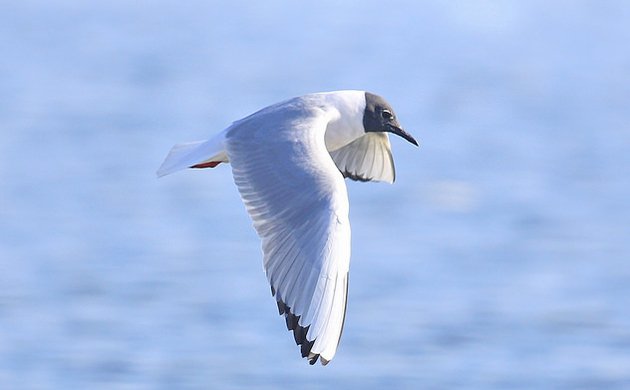
Bonapart’s Gull in alternate plumage. Photo: Tim Lenz
A closer look at an Andean Gull though, shows that it is structurally closer to a Bonapart’s Gull than to the Franklin or Laughing gulls. I guess, the black hood on the latter species, and the fact that both winter in Peru led me to associate them as relatives.
The basic, alternate, and juvenile plumages in Andean and Bonapart’s Gulls are very similar. The same plumage stages in the Laughing and Franklin Gulls are rather different.
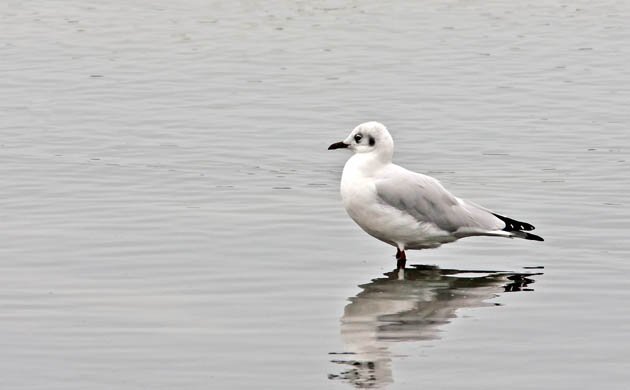
Andean Gull in basic plumage. Photo: Carlos Rossel
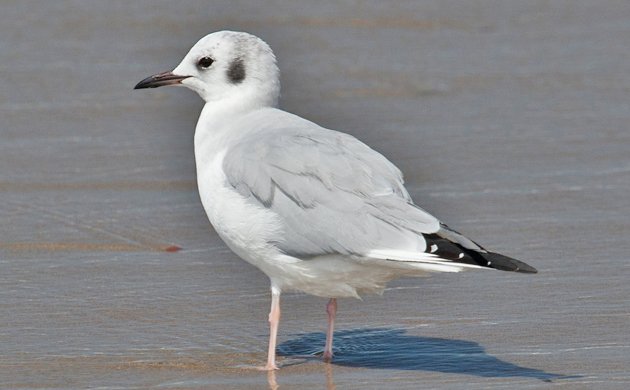
Bonapart’s Gull in basic plumage. Photo: Mike Baird
An Andean Gull against the deep blue Andean sky is a sight to remember. Featured photo courtesy of: Boronian.













Leave a Comment